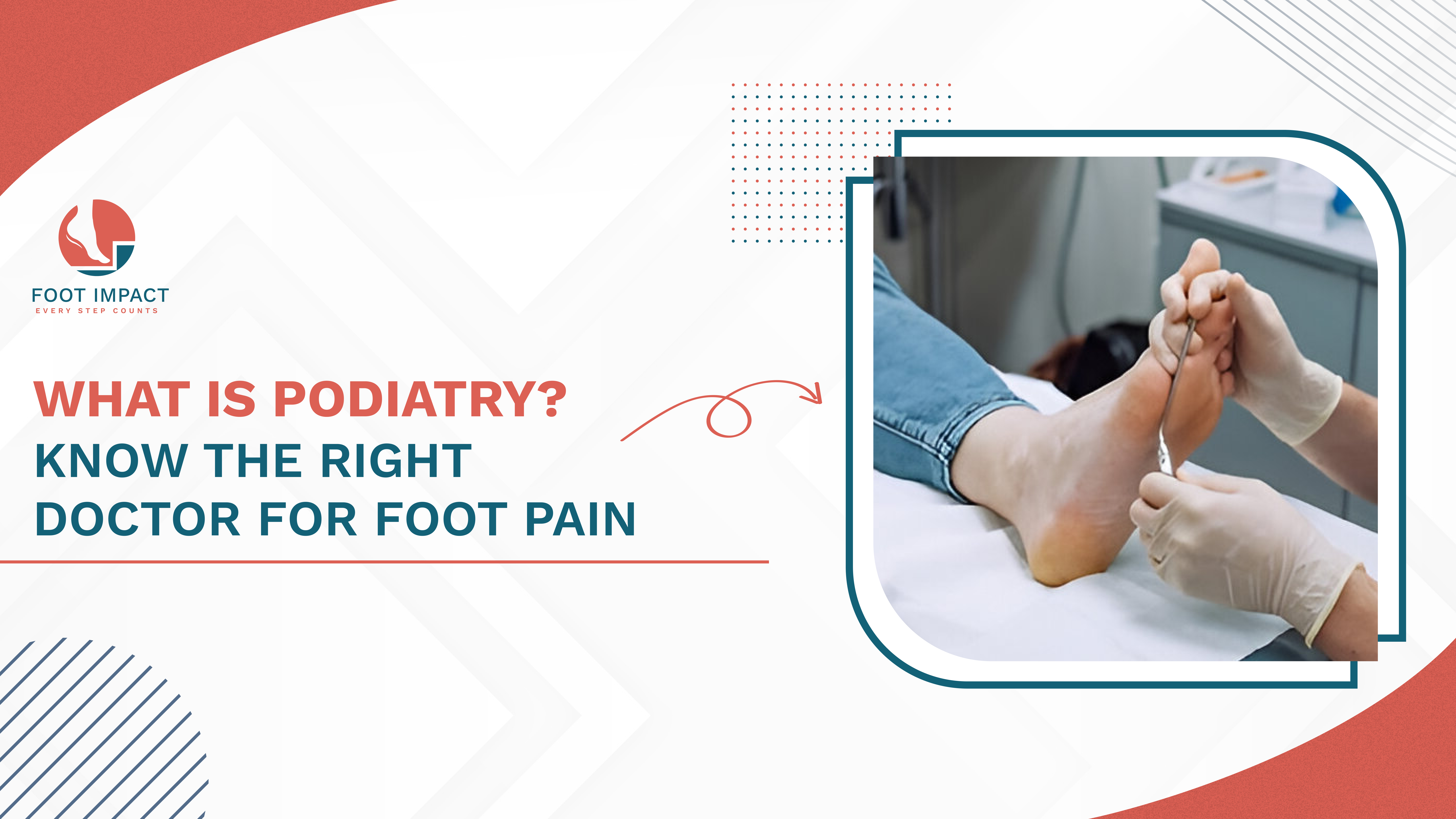Expert Heel Pain Doctor Treatments for Fast Relief
Heel pain can be more than just a temporary discomfort—it can significantly disrupt your daily routine. Whether you're struggling to walk, exercise, or perform routine activities, addressing heel pain promptly is crucial. This article explores the common causes, symptoms, and expert-recommended treatments for heel pain, along with advice on when and how to find the right doctor in India for lasting relief.
What Causes Heel Pain?
Heel pain results from various factors, including repetitive strain or medical conditions. The most common causes are:
Plantar Fasciitis:
Inflammation of the plantar fascia ligament, which connects the heel bone to the toes.
Common in runners, individuals with flat feet, or those wearing unsupportive footwear.
Achilles Tendonitis:
Caused by overuse or sudden stress on the Achilles tendon.
Often affects athletes or individuals who frequently wear high heels.
Heel Spurs:
Bony growths that develop from chronic plantar fasciitis.
While often painless, they can aggravate heel discomfort over time.
Stress Fractures or Injuries:
Small cracks in the heel bone due to overuse or trauma.
Common in individuals who suddenly increase physical activity.
Bursitis:
Inflammation of fluid-filled sacs (bursae) around the heel, caused by repetitive motion.
By understanding these causes, individuals can better tailor their treatment approach and recognize the right time to seek help from a heel pain doctor.
Symptoms That Indicate It’s Time to Visit a Heel Pain Doctor
Certain signs indicate that home remedies may not be enough and professional intervention is required. You should visit a heel pain doctor if you experience:
Sharp pain when taking the first steps in the morning or after long periods of sitting.
Swelling, redness, or bruising around the heel.
Persistent pain for more than a few weeks, despite rest and self-care.
Difficulty walking or standing for extended periods.
Early treatment is essential to prevent minor discomfort from becoming a chronic issue.
Expert-Recommended Treatments for Heel Pain
1. Conservative Treatment Options
Doctors usually recommend starting with non-invasive treatments:
Rest: Avoid high-impact activities like running and opt for low-impact exercises (e.g., swimming).
Ice Therapy: Apply ice packs for 10-15 minutes twice a day to reduce inflammation and pain.
NSAIDs: Use non-steroidal anti-inflammatory drugs (e.g., ibuprofen) to ease discomfort.
Supportive Footwear: Switch to shoes with arch support and cushioning to relieve pressure on the heel.
2. Physical Therapy and Exercises
Heel pain doctors often prescribe exercises to improve flexibility and strengthen foot muscles:
Calf Stretches: Stretch the calf muscles to reduce tension on the plantar fascia.
Towel Stretch: Use a towel to gently pull the foot toward you, easing tightness.
Foot Rolling: Roll a frozen water bottle under your foot to massage and reduce pain.
These exercises, if performed consistently, can significantly reduce heel pain over time
3. Orthotic Devices/Insoles
For long-term relief, many doctors recommend orthotics.
Custom Orthotic Insoles: Provide arch support and reduce pressure on the heel.
Orthotic devices are often a game-changer for patients with chronic heel pain, as they address the underlying mechanical issues in the foot. (OFF the shelf insoles or silicon insoles are not advisable)
Podiatrist doctor will analyse your foot arches & walk in pattern & diagnose the root cause of the problem. There customized orthotics will directly reduce stress on plantafascia
4. Medical Interventions for Severe Cases
If conservative treatments don’t provide relief, doctors may recommend more advanced options:
Corticosteroid Injections: Reduce severe inflammation and pain.
Extracorporeal Shock Wave Therapy (ESWT): Stimulates healing by sending sound waves to the affected area.
Surgery: As a last resort, surgical procedures may be performed to release the plantar fascia or remove heel spurs.
(Always discuss possible side effects of the procedure with doctor)
Choosing the Right Heel Pain Doctor in India
Finding the right doctor is crucial for effective treatment. Here’s what to consider:
Experience and Expertise: Look for a podiatrist or orthopedic specialist with experience in treating chronic heel conditions.
Availability of Advanced Treatments: Ensure the doctor offers access to treatments like orthotics, Foot Scanning & gait analysis
Tailored Care: Choose a doctor who provides a personalized treatment plan based on your lifestyle and symptoms.
Patient Reviews: Check online reviews or seek recommendations from friends and family to find a reputable specialist.
Home Remedies and Prevention Tips from Doctors
In addition to medical treatments, doctors often recommend simple steps to prevent heel pain from returning:
Choose Supportive Shoes: Wear footwear with good arch support and cushioning.
Maintain a Healthy Weight: Reducing body weight can decrease pressure on the heels.
Incorporate Stretching into Your Routine: Stretching helps prevent tightness in the foot muscles and tendons.
Avoid Prolonged Standing: If possible, alternate between sitting and standing throughout the day.
These prevention strategies can make a big difference, especially for those prone to heel pain due to lifestyle factors or past injuries
.
Conclusion: Don’t Let Heel Pain Slow You Down
Heel pain may seem minor at first, but it can worsen if left untreated. Consulting a heel pain doctor early can provide faster relief and prevent complications. Whether through conservative care, physical therapy, or advanced medical treatments, there are plenty of options to address the issue effectively.
If you’re dealing with persistent heel pain, don’t wait—schedule a consultation with a heel pain doctor today to get back on your feet without delay!



